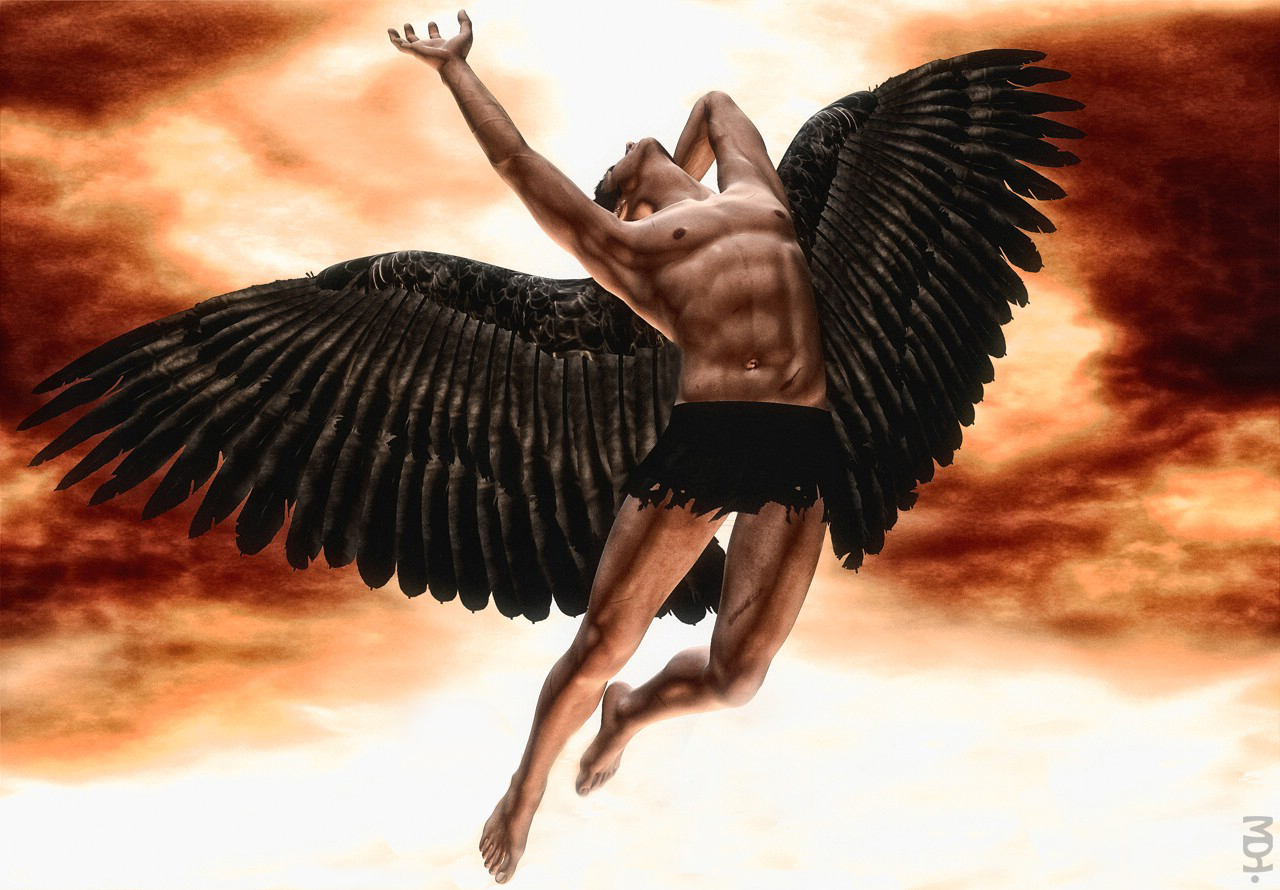Fallen Angel Fashion: Did Lucifer Lose His Wings?
The image is instantly recognizable: a majestic angel, cast from the heavens, his once glorious wings now clipped, a symbol of his fall from grace. This is, of course, the story of Lucifer, the fallen angel. But just how ingrained is the image of lost wings in Lucifer’s tale? Is it a detail we’ve collectively agreed upon, or does it have deeper roots in theology and literature?
The figure of Lucifer, the “light-bringer,” is a complex one, shrouded in mystery and open to interpretation. His story resonates across cultures and belief systems, constantly evolving and finding new life in contemporary art, literature, and even television. Yet, for all his ubiquity, the specifics of his fall from grace, particularly the matter of his wings, remain a point of fascination and debate.
Perhaps the intrigue stems from the powerful visual the idea conjures: a being of immense power and beauty, stripped of what makes him angelic, his rebellion marked by this loss. It’s a potent symbol of the consequences of defying a higher power, a reminder that even the most dazzling figures can fall.
However, when we delve into the actual theological and literary sources, the answer becomes less clear-cut. The Bible, while detailing the fall of Lucifer (or Satan, as he’s often referred to), remains curiously silent about the loss of his wings. There’s no dramatic scene of feathers raining down from heaven, no explicit mention of this punishment. This omission, however, has only served to fuel speculation and artistic license.
Artists throughout history have taken this creative liberty, depicting Lucifer in various states of winglessness. From the Renaissance masterpieces to modern-day graphic novels, the fallen angel is often portrayed as either entirely wingless or with damaged, clipped, or chained wings – each depiction adding a layer of interpretation to his fall and subsequent state. This visual representation has become so ingrained in popular culture that the question “did Lucifer lose his wings?” seems almost rhetorical.
John Milton’s epic poem “Paradise Lost,” while not a direct theological source, has heavily influenced the popular conception of Lucifer. In Milton's work, we see a Lucifer who retains his wings, albeit transformed. They become instruments not of angelic grace, but of powerful flight, carrying him through the chaos of hell. This depiction, while deviating from the wingless imagery, reinforces the idea of a fundamental change in Lucifer’s nature following his rebellion. His wings, once symbols of his celestial nature, are now tools in service of his darker purpose.
Ultimately, the question of whether Lucifer lost his wings might not have a single, definitive answer. It’s a detail that continues to be debated and reimagined, a testament to the enduring power of this mythical figure. Whether he’s portrayed as entirely wingless or with his wings transformed, the symbolism remains powerful – a reminder of the potential for both grace and its loss. It’s this ambiguity, this space for interpretation, that keeps the story of Lucifer, and the question of his wings, eternally captivating.
Exploring the cosmos through planetary drawings
Unveiling the power what does a ram animal symbolize
Stronger than you think back exercises for women at the gym














